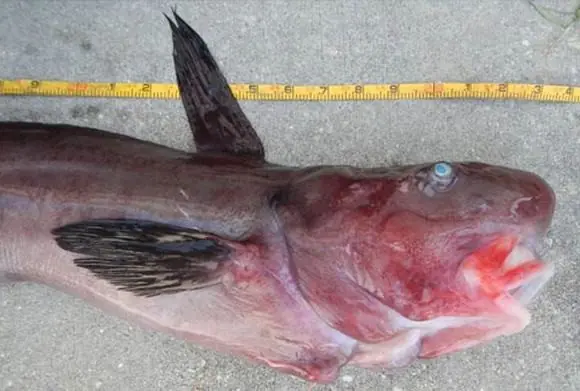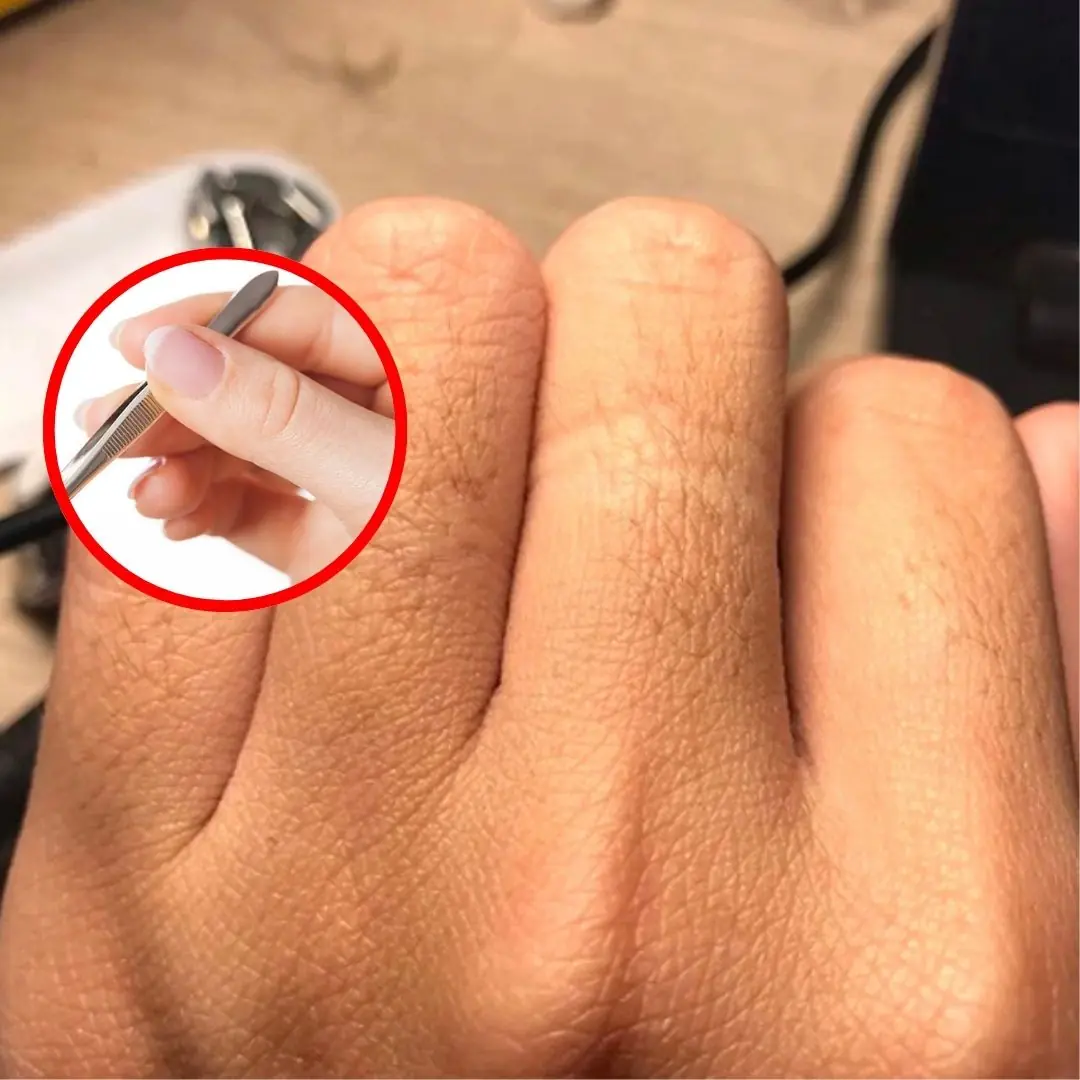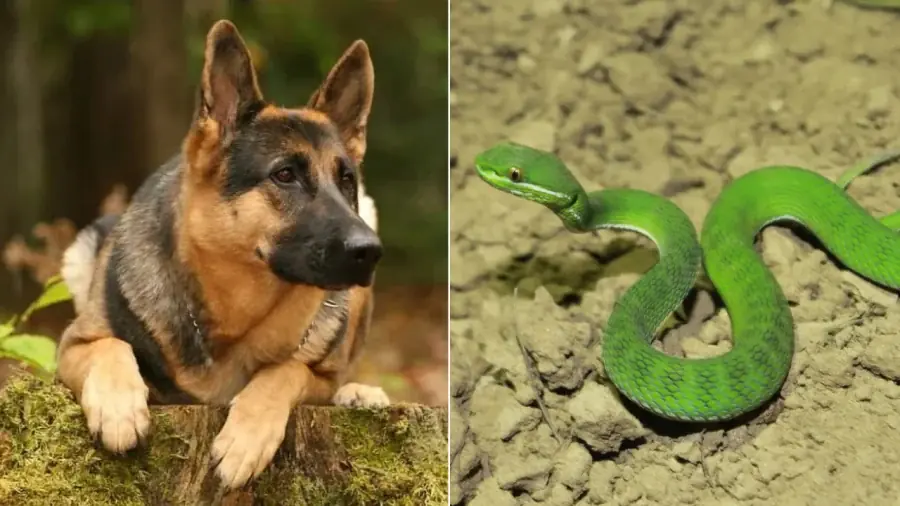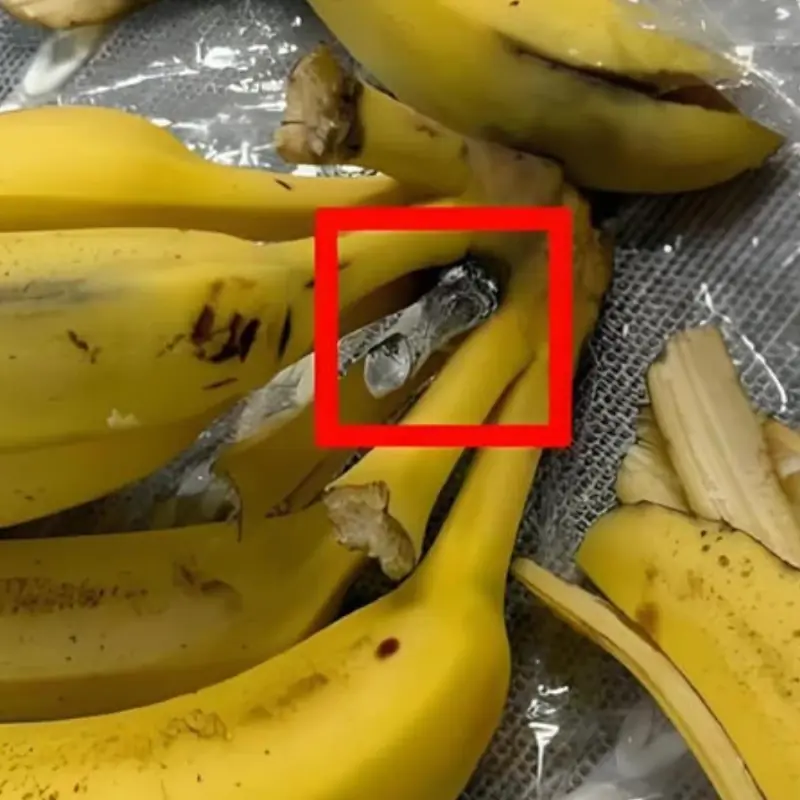Why Dogs and Cats Often Hate Each Other—Most People Don’t Know This
Dogs and cats aren’t natural enemies or predators of one another, yet they often clash—and the reasons go beyond instinct.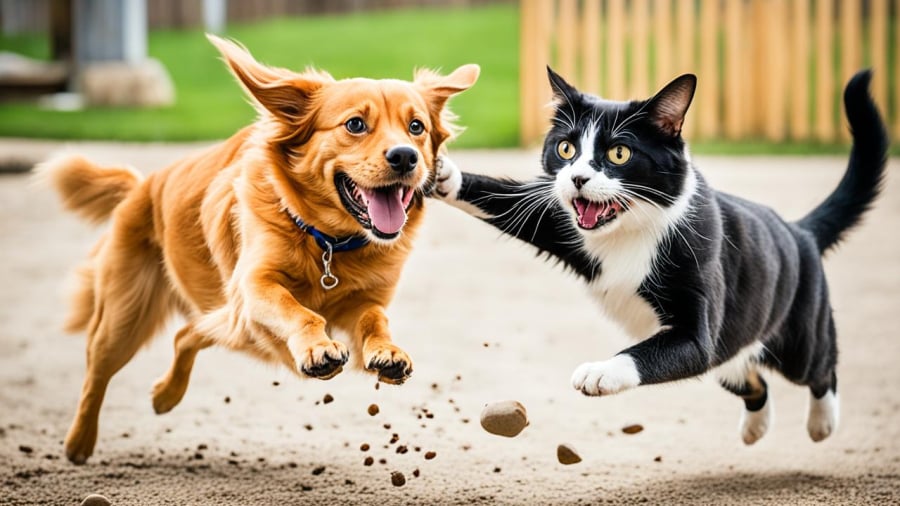
Most dog and cat breeds are kept as pets by humans. It's widely known that dogs and cats tend to dislike each other, and their conflicts are a common sight in everyday life. This rivalry is even reflected in literature and movies. But have you ever wondered why?
Why Do Dogs and Cats Hate Each Other?
According to pet care experts in the U.S., dogs and cats are not born enemies—they don’t automatically hate one another. In the wild, their habitats are typically separate, and they rarely interact. But domestication has forced them to live together under the same roof, often leading to conflict.
Their rivalry isn’t about predator vs. prey—it’s about clashing personalities and behaviors.
Dogs and cats perceive and interact with the world differently. These behavioral differences often lead to misunderstandings and tension.
For example:
-
When a dog sees a familiar person approaching, it will excitedly wag its tail and run over to greet them.
-
A cat, on the other hand, doesn't react the same way. If a cat is wagging its tail, it’s often a sign of irritation or displeasure, not happiness.
Dogs also tend to sniff a cat’s hind legs as a way of saying hello—but cats find this behavior intrusive and annoying. A cat may flee or even swipe at the dog, triggering the dog’s natural instinct to chase. This creates a cycle of pursuit and conflict that reinforces their dislike over time.
Not All Dogs and Cats Hate Each Other
When raised together from a young age, puppies and kittens can become close companions, coexisting peacefully or even forming strong bonds.
The Evolutionary Roots of the Rivalry
Some studies suggest the long-standing tension between dogs and cats may stem from their evolutionary history.
A 2015 scientific study revealed that wild dogs may have been driven out of certain habitats by wild cats millions of years ago. Fossil records in North America show intense competition between the two species, especially when cats first migrated to the continent.
-
Dogs originated in North America around 40 million years ago and reached peak diversity about 22 million years ago, with over 30 species of wild canines at their height.
-
But when cats arrived from Asia, the balance shifted. Their presence negatively impacted wild dog populations, potentially contributing to the extinction of about 40 canine species.
Cats had a distinct hunting advantage: retractable claws that remained sharp for ambush attacks, whereas dog claws were exposed and dulled more easily. This gave cats an upper hand in survival and competition for food.
Interestingly, the study found that while cats negatively influenced the survival of wild dogs, the reverse wasn’t true—dogs had little impact on the survival of ancient cats.
In Summary:
Dogs and cats aren’t destined to hate each other—but differences in behavior, communication, and ancient competition have created a lasting tension. With proper socialization and understanding, they can learn to get along—but only if their humans help bridge the gap.


